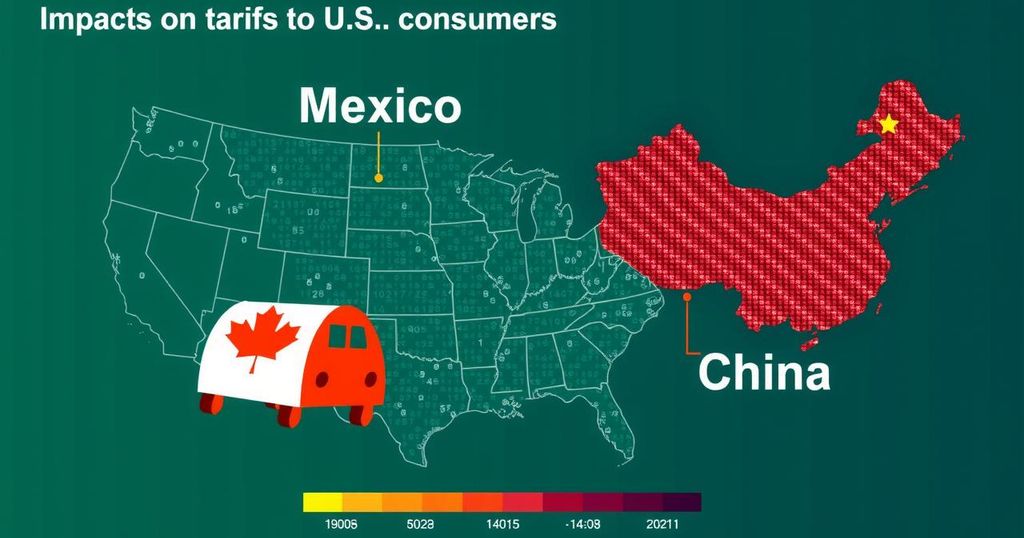India and China Reach Agreement to De-Escalate Border Tensions
India and China have agreed on new patrolling arrangements aimed at de-escalating tensions along the disputed Himalayan border, following prior conflicts that began in 2020. This agreement was announced by Indian diplomat Vikram Misri, coinciding with Indian Prime Minister Modi’s upcoming engagement with BRICS nations. While the full details of the disengagement process have not been revealed, the agreement marks a significant development in addressing longstanding border disputes between the two nations.
India and China have reached an agreement to mitigate tensions along their disputed Himalayan border, as affirmed by India’s top diplomat, Vikram Misri. Speaking on Monday, Mr. Misri announced that both nations have established protocols for patrolling, aimed at disengaging and resolving issues that escalated following the 2020 Galwan Valley confrontations, which marked the first fatalities in nearly half a century between the two. While specific details surrounding the disengagement process were not disclosed, Mr. Misri emphasized that the agreement specifically pertains to patrolling arrangements along the Line of Actual Control (LAC), the de facto boundary separating Indian and Chinese territory. This significant communication occurred just ahead of Indian Prime Minister Narendra Modi’s visit to Russia for a summit involving the BRICS nations—Brazil, Russia, India, China, and South Africa. However, Mr. Misri did not confirm the possibility of a bilateral meeting between Mr. Modi and Chinese President Xi Jinping during that trip. Despite ongoing talks and military discussions over the past four years, prior engagements had failed to yield substantial breakthroughs. Border skirmishes persisted, including altercations in northern Sikkim in 2021 and the Tawang sector in 2022. The backdrop of hostility between India and China is long-standing, traced back to the 1962 war that left India significantly disadvantaged. With a disputed border stretching 3,440 kilometers, complications arise from fluctuating geographic features, leading to frequent confrontations between military personnel. Additionally, both countries are engaged in infrastructural development competition along the border, further exacerbating existing tensions. Ultimately, both nations acknowledge that establishing communication and boundaries is crucial for stabilizing relations and fostering peace in the region.
The relationship between India and China has been marked by historical tensions, predominantly due to territorial disputes. The most significant recent escalation occurred in 2020 at Galwan Valley, resulting in clashes that led to casualties on both sides, the first since 1975. The contested border—totaling 3,440 kilometers—and a series of agreements, particularly the 1996 accord that restricted the use of firearms, complicate interactions between their military forces. Ongoing negotiations and talks between military and diplomatic leaders have yet to yield sustainable results in resolving these long-standing disputes. The historical context of military conflicts, especially the 1962 war where India faced significant setbacks, contributes to the current climate of mistrust.
The recent agreement between India and China to establish patrol arrangements along the contested border represents a potential turning point in diplomatic relations. As both nations seek to disengage from tensions that have persisted since 2020, the path forward requires careful negotiation and adherence to established protocols. Moving forward, cooperation and communication will be essential to prevent future conflicts and to promote stability in the region.
Original Source: www.bbc.com







Post Comment